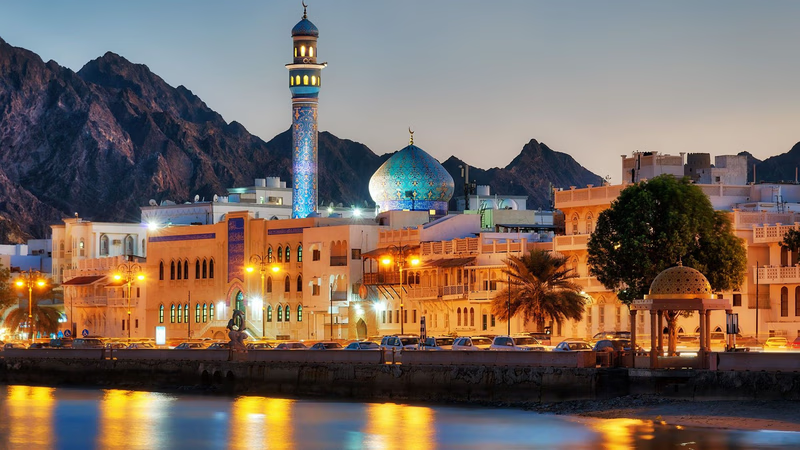
Oman is located in the southeast of the Arabian Peninsula and is bordered by the United Arab Emirates to the north, the Sea of Oman to the east, Yemen to the south, Saudi Arabia to the west, and the Persian Gulf to the northwest. The capital of this country is the city of Muscat, and the currency of this country is the Omani Rial (OMR). The official language of Oman is Arabic and the majority of people in this country speak Arabic. The majority of Omani people are Shia Muslims. Oman has a smaller market than some of its neighboring countries, but has a stable economy. The main sectors of the country`s economy include oil, natural gas, trade, transportation, financial services, construction and industry.
Oman has rich natural resources including oil, natural gas, copper, non-metallic stones and precious stones. The products that the merchants of this country import and export to other countries include machinery, electronic devices, chemical products, industrial products, food and agricultural products, and textile products. Oman also exports oil and gas, precious stones, agricultural products including food products and tobacco, wooden products and textile products to other countries. The biggest trading partners of this country are mainly China, United Arab Emirates, Japan, India and South Korea. Also, Oman has strong trade relations with Arab, European and Asian countries. The biggest source of Oman`s income is from oil and gas, export of agricultural and industrial products, financial services and tourism.
-
 فرهاد و صدیقه للتجارة ش م م 3 months ago
فرهاد و صدیقه للتجارة ش م م 3 months ago Oman
Chemical fertilizer
Oman
Chemical fertilizer
Chemical ferilizer Phosphate, urea, potassiumDetails
-
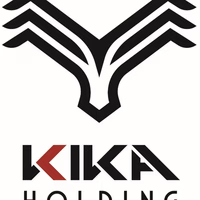 Kika Holding Trading 3 months ago
Kika Holding Trading 3 months ago Oman
First Grade Flour from Russia
Oman
First Grade Flour from Russia
First Grade Flour from RussiaDetails
-
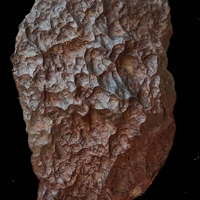 Rahmani 4 months ago
Rahmani 4 months ago Oman
meteorite
Oman
meteorite
meteorite with certificate around 3500grDetails
-
 Abaq 3 months ago
Abaq 3 months ago Oman
High-quality, fast-igniting liquid and gel charcoal and wood burner
Oman
High-quality, fast-igniting liquid and gel charcoal and wood burner
High-quality, fast-igniting liquid and gel charcoal and wood burner is an excellent product with environmentally friendly materials without smoke or e...Details
-
 كركدية 3 months ago
كركدية 3 months ago Oman
كركدي
Oman
كركدي
The hibiscus It is a flower of three types: black, white, and burgundy Burgundy is the most desirable It can be used in several things, it can be drun...Details
-
 Akhtar Miraal 6 months ago
Akhtar Miraal 6 months ago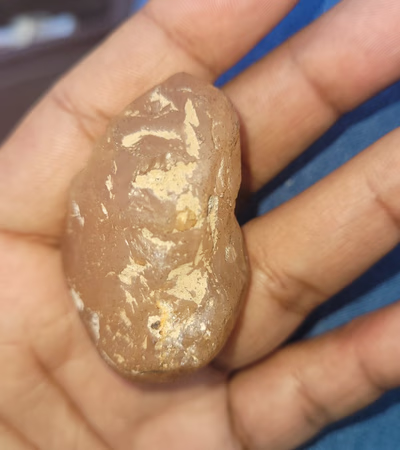 Oman
Natural Gem Stones
Oman
Natural Gem Stones
Imperial Pink TopazDetails
-
 Fady 3 months ago
Fady 3 months ago Oman
Liquid Detergents
Oman
Liquid Detergents
Industrial detergents of all kindsDetails
-
 Melika T 2 months ago
Melika T 2 months ago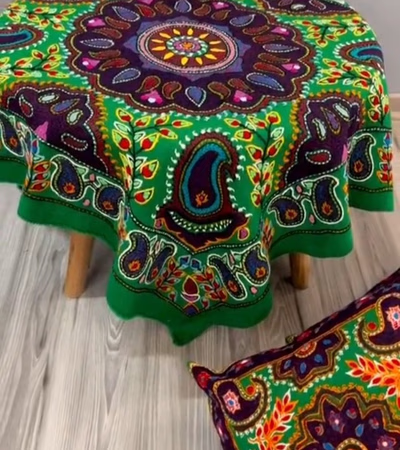 Oman
Embroidery with Wool and Natural Thread
Oman
Embroidery with Wool and Natural Thread
The art of embroidery with natural thread on natural wool fabric, where all stages are done manually, even the dyeing of threads and wool fabrics. Thi...Details
-
 The World Of Glory 3 months ago
The World Of Glory 3 months ago Oman
All types of bitumen, best quality, fast delivery, permanent cooperation
Oman
All types of bitumen, best quality, fast delivery, permanent cooperation
All types of bitumen, best quality Fast delivery, permanent cooperation Speed and quality are our assetDetails
-
 Sara 3 months ago
Sara 3 months ago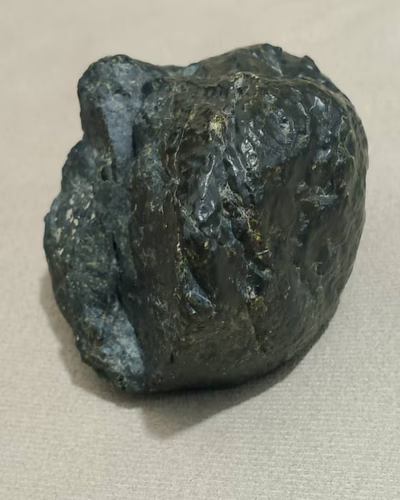 Oman
Meteorite
Oman
Meteorite
Meteorite in various and interesting piecesDetails
-
 Sunland United Projects 3 months ago
Sunland United Projects 3 months ago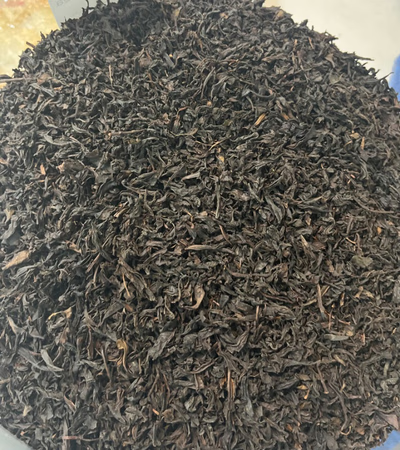 Oman
High quality Black tea leaf grade A
Oman
High quality Black tea leaf grade A
This Iranian black tea is leaves and mountain tea.They grow in the Hyrcanian forests.and is completely organic without chemical color and taste. It is...Details
In 2025, Oman presents a mixed economic landscape, offering both challenges and opportunities for international business professionals. Oman"s GDP in 2023 was USD 108. 8 billion, showing a slight decline from 2022"s USD 111. 9 billion, aligning with the global trend of fluctuating GDPs as seen in the global average increase from USD 845. 4 billion in 2022 to USD 883. 7 billion in 2023. This indicates Oman"s resilience amidst global economic shifts. Oman"s merchandise import value index fell significantly in 2023 to 94.
3, contrasting with the global average of 101. 1. Similarly, the import volume index decreased to 94. 3, below the global average of 104. 5. These figures suggest a contraction in Oman"s import activities, potentially due to internal economic adjustments or shifts in trade policies. For businesses, this contraction could represent a gap in the market, offering opportunities for those able to navigate the regulatory landscape and adapt to local demands. Conversely, Oman"s export unit value index remained stable at 100.
0 in 2023, reflecting a steadier export economy compared to the global average decline to 95. 0. This stability presents a robust platform for Omani exporters, particularly in commodities, to maintain competitiveness in the global market. For investors and businesses aiming to engage with Oman"s market, the data indicates a nuanced opportunity: while import challenges persist, export stability and a consistent exchange rate of 0. 3845 provide a predictable environment for financial planning. Aritral. com, an AI-driven B2B platform, can be a valuable tool for businesses seeking to gain insights and enhance their visibility in the Omani market. By creating a business profile on Aritral.
com, companies can leverage its services to navigate the complexities of Oman"s trade dynamics efficiently. Overall, the economic indicators for Oman in 2025 highlight a market in transition, with opportunities for those who can leverage data for strategic entry and expansion.




















